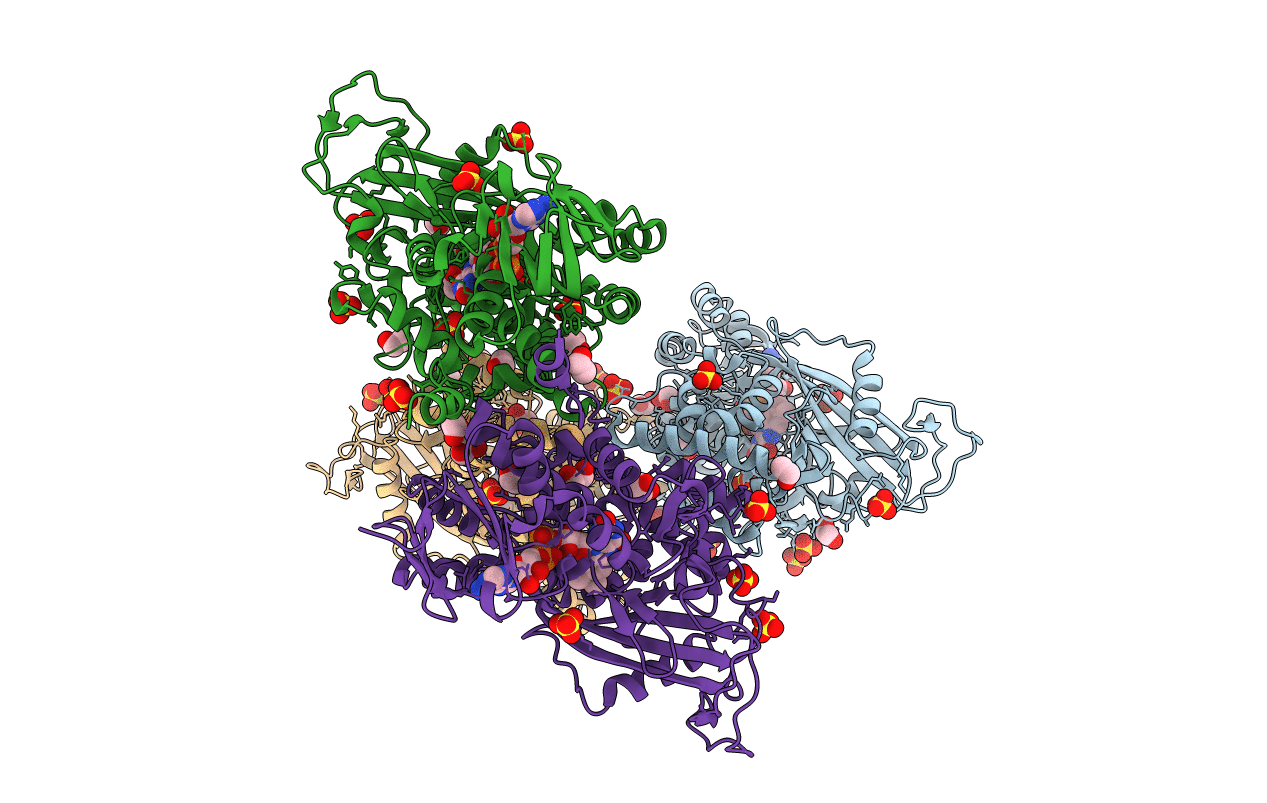
Deposition Date
2014-08-03
Release Date
2014-12-03
Last Version Date
2023-09-27
Entry Detail
PDB ID:
4U8I
Keywords:
Title:
Structure of Aspergillus fumigatus UDP-Galactopyranose mutase mutant F66A
Biological Source:
Source Organism:
Aspergillus fumigatus (Taxon ID: 746128)
Host Organism:
Method Details:
Experimental Method:
Resolution:
2.05 Å
R-Value Free:
0.21
R-Value Work:
0.18
R-Value Observed:
0.18
Space Group:
P 65 2 2


